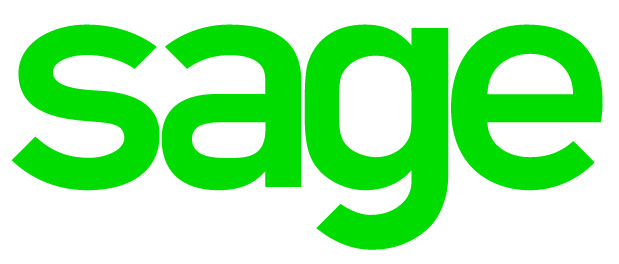What are ULEVs?
ULEV expands to Ultra Low Emission Vehicles. It is an acronym that we will see on a more frequent basis as climate issues climb in importance.
Most families have cars, some use commercial vehicles. The majority are presently fuelled by petrol or diesel.
As manufacturers commit investment to the development of carbon-free transport options, primarily the use of electric powered units, these same families will be faced with ever-rising incentives to ditch their petrol or diesel vehicles and join consumers encouraged to buy electric.
Government seems committed to this change in its attempt to achieve a carbon net-zero economy by 2030.
A few of the present incentives to buy electric are set out below:
- Electricity is not considered to be a combustible fuel, and therefore fuel duty would not be added to electricity consumed to power electric vehicles.
- VAT added to present road fuels is 20%. Electricity used to charge a car at home would incur a 5% VAT charge.
- Zero or low CO2 rated electric vehicles will incur a much lower benefit in kind charge than petrol/diesel alternatives.
- As electricity is not a fuel, the car and van fuel benefit charges – for private use fuel provided by employers – will not apply. However, it can apply to plug-in hybrid cars.
- Electric company cars may attract higher capital allowances.
- Plug-in grants are available for the purchase of qualifying cars and commercial vehicles. These grants are administered by the vehicle dealerships.
Price continues to be a brake on a rapid uptake to ULEVs, but as demand increases, new developments in the technology of low-carbon transport will evolve and prices will fall.
Other challenges, a dearth of charging points and journey ranges between recharges, are gradually being addressed.
The future of transport seems to be electric or other “clean” fuel alternatives. We may be fast approaching the day when diesel and petrol pumps are solitary features in the coming ULEV charging and refuelling stations.
Latest News
- Slowing growth and rising borrowing -what this means for your business - July 8, 2025
- Do you have additional income streams? - July 7, 2025
- Setting up a payroll scheme - July 7, 2025
- Tax gap estimated at five percent for 2023-24 - July 7, 2025
- Winter Fuel Payments reinstated - July 7, 2025
- The value of tax planning for high net worth individuals - July 7, 2025
- Tax Diary July/August 2025 - July 7, 2025
- Are you ready for Companies House ID checks? - July 7, 2025






